A History of High-Flying Spies From Insect Drones to Pigeon Spies, U-2s & Satellites
From the French Balloon Corps to the CIA’s ‘insectothopter’ and UAVs, the history of aerial spying is an incredible journey through the human imagination.
Bell towers, church steeples, and mountain tops are useful for surveilling enemy camps but the French Aerostatic Corps took the spying game to new heights in 1794 with the world's first balloon unit used for reconnaissance, signaling, and distributing propaganda.
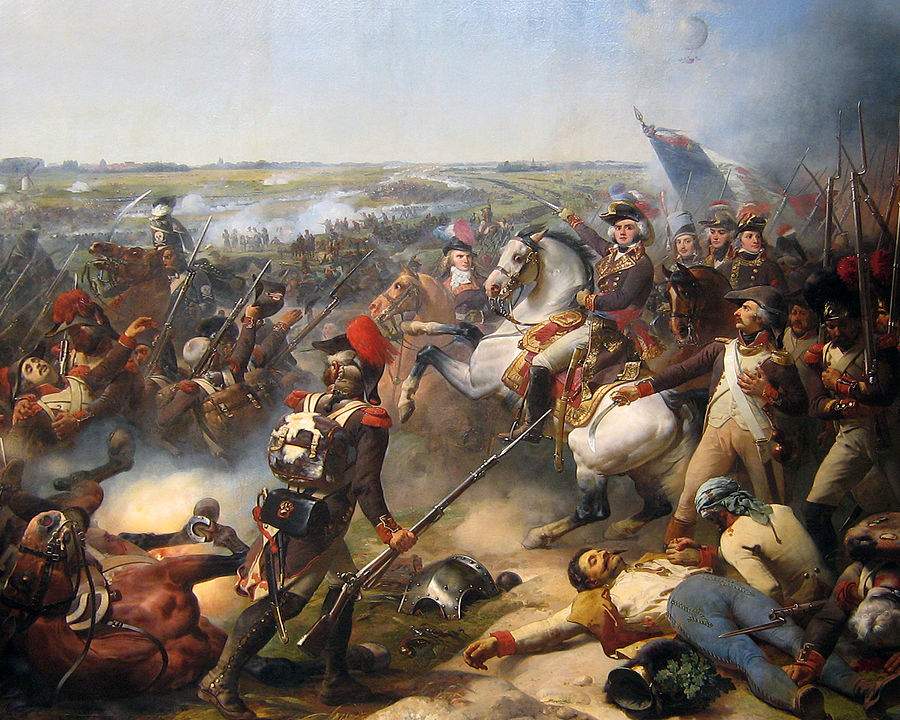
The French Aerostatic Corps
The French Aerostatic Corps joined troops for the first time during an enemy bombardment at Fleurus in 1794. It was a reconnaissance mission unlike any other. Two French officers took to the air in L'Entreprenant (The Enterprising) balloon. They took handwritten notes while observing Austrian Army movements, dropping their notes overboard for collection by the French Army while also signaling their messages with semaphore.

The Union Army Balloon Corps
During the American Civil War (1861-1865), the Union Army established its own Balloon Corps, initially civilian aeronauts. The unit used seven specially built, gas-filled balloons to perform manned, aerial reconnaissance on the movements of the Confederate States Army. The balloons were equipped with telescopes and binoculars. Observers would send reports back to the ground using telegraphs.
Kite surveillance & the Spanish American War
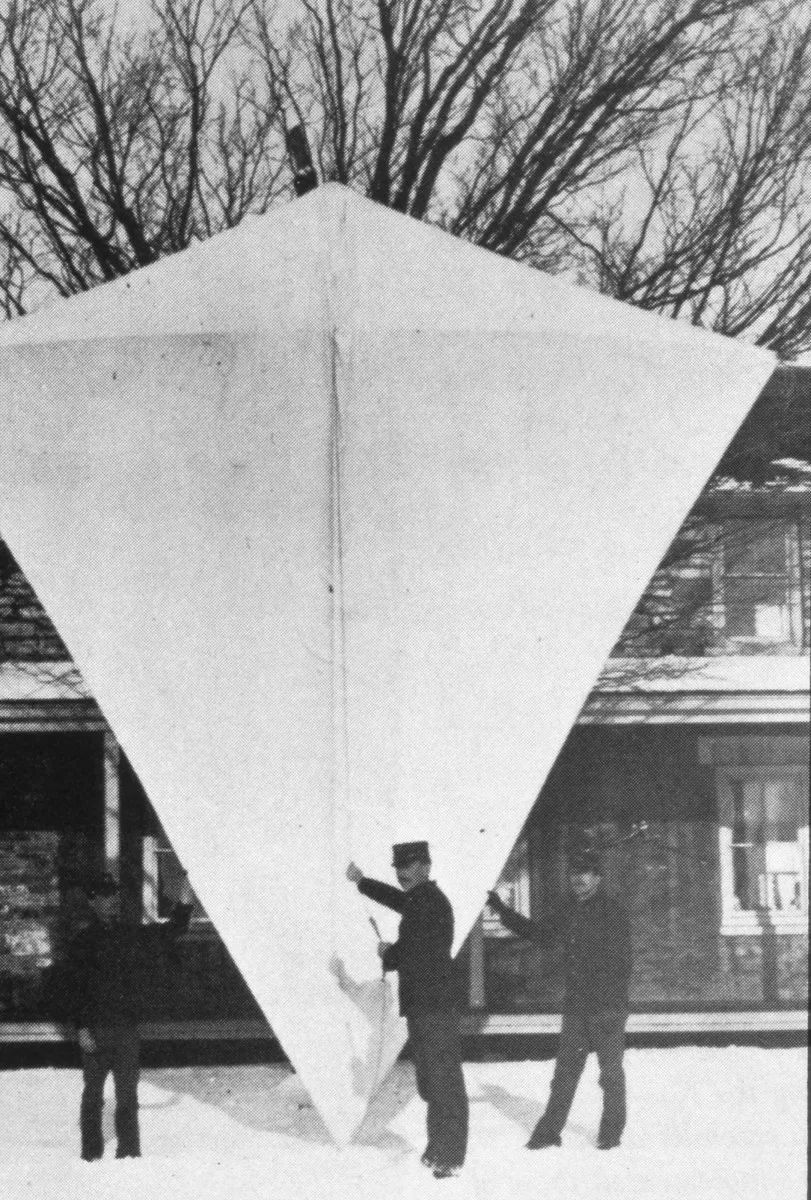
When America launched into the Spanish American War in 1898, the US Army was experimenting with aerial photo surveillance using kites as a platform - they were cheaper than balloons and easier to transport. Kite cameras had shutters triggered by fuses held close to the structure. An altimeter recorded the kite’s altitude when the photo was snapped so the image could be scaled. Once the photo was taken, a white flag was dropped and the kite was reeled in.

Spy pigeons

Homing pigeons have been part of nearly every European army since the 1880s, a practice adopted by the US in 1917 to relay orders to tank officers and transport coded messages. Pigeons were such a revered part of the team they were awarded medals for bravery - America's G.I. Joe saved at least 100 Allied soldiers during one mission.
In WWII, Britain’s Royal Air Force carrier pigeon ‘Winkie’ saved the lives of the four-man Beaufort Bomber aircrew when they ditched in the sea 100 miles from their base. In the 1970s, America’s Tacana Test Project explored the idea of using pigeons with tiny cameras that could automatically take photos as they flew over the USSR. The project ruffled more than a few feathers.
World Wars I & II
Signal Corps No. 1 bought the US Army's first airplane in 1909 from the Wright brothers. Known as the Wright Military Flyer, it carried two people, had skids instead of wheels, and cost $30,000.
Camera technology was advancing at the same time. US forces used a Kodak A-2 hand-held aerial camera that allowed flyboys to hang over the side of an open-cockpit aircraft and take photos. It was a wild ride and Army intelligence was never the same again. Planes and cameras developed to the point where it was possible to take high-altitude photography for intelligence about targets and assess bomb damage after an attack.
Project Genetrix: When the US Sent ‘Weather’ Balloons to Spy on China
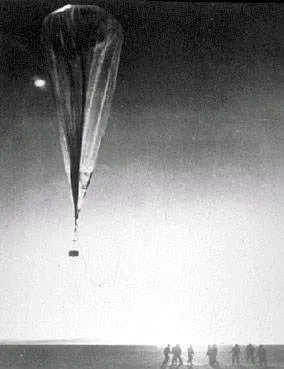
Project Genetrix was a top-secret US aerial reconnaissance program conducted by America during the Cold War.
Hundreds of balloons stuffed with surveillance equipment were used to spy on China and the Soviet Union and 2m square miles of photographic coverage was obtained. When they were caught in the 1950s, the US said the project was part of a meteorological survey.

Cold War propaganda balloons, 1950s
In a colorful display of deceit and cunning, the CIA launched millions of hot air balloons from West Germany in the 1950s and sent them drifting across the Iron Curtain to deliver their prized cargo - George Orwell’s novel Animal Farm (1945). The Cold War balloons dodged enemy fire in Poland, Hungary, and Czechoslovakia and wafted into hostile territory like silent grenades. Operation AeDinosaur - as the literary spy mission was known - undermined Soviet censorship and used literature as a secret weapon to stir up intellectual debate about communism.
"The brand new social experience where you activate your gaming skills as you train like a spy."
- TimeOut
Take on thrilling, high-energy espionage challenges across different game zones.


U-2 spy planes
U-2 spy planes have been in service since the 1950s and were critical for high-altitude reconnaissance during the 1962 Cuban Missile Crisis. The US Air Force fleet maintains more than 30 of the spy planes. Remarkably, some 70 years after their introduction, the U-2 was at the center of attention once again when it was used to take photos of the Chinese spy balloon that drifted into US airspace in early 2023. The balloon was shot down by an F-22 Raptor stealth fighter after floating over the US and Canada, as were several others.
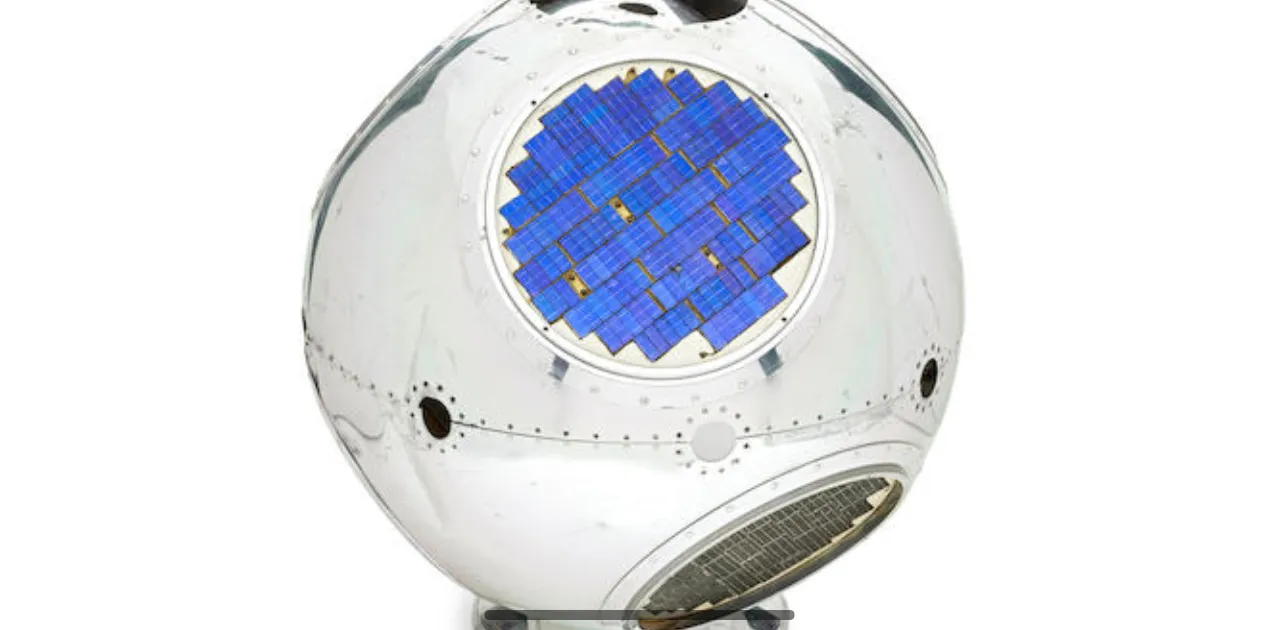
part of the SPYSCAPE collection
Spying on the USSR
The US launched the Galactic Radiation and Background (GRAB) satellite in June 1960, with Nasa officially describing GRAB - aka the SOLRAD 1 satellite - as a scientific satellite intended to report on solar radiation. Its real purpose was to collect Soviet air defense radar signals. The data was used to develop technical intelligence. Nonetheless, GRAB actually produced some important scientific data regarding the effects of solar radiation on the Earth’s atmosphere and is still in orbit today.
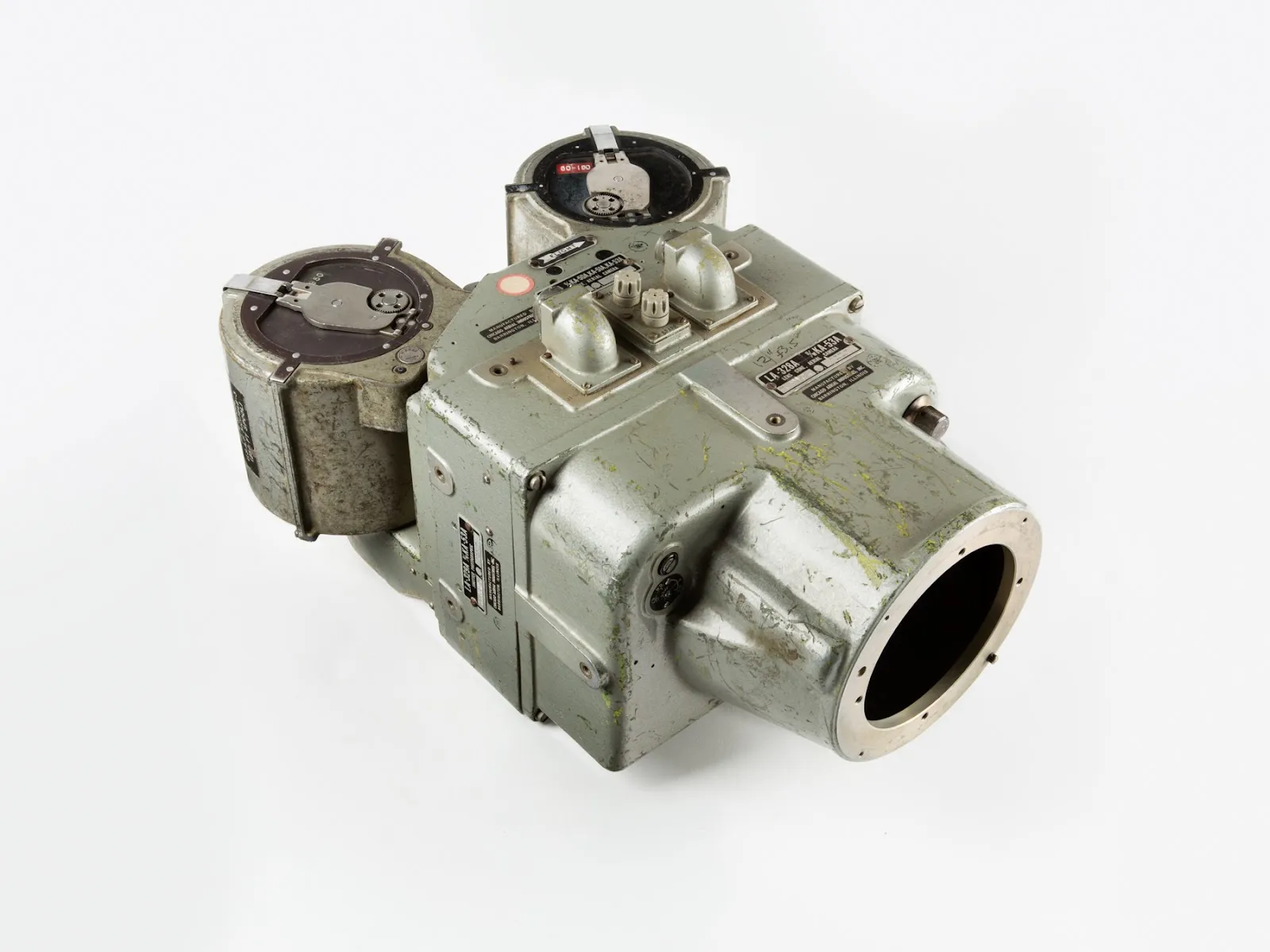
Cuban Missile Crisis, 1962
During the 1962 Cuban Missile Crisis, JFK had evidence of soldiers building Cuban launch sites for nuclear missiles capable of reaching the US. U-2 spy plane imagery wasn’t granular enough to determine operational status so pilots of the high-speed, low-altitude RF-8A Crusaders were called in. Commander William Ecker flew over Cuba, taking photographs with a KA 53 aerial reconnaissance camera. It was a risk. He flew at just 500 feet but his high-resolution images confirmed that the missile launch sites could not be operational for roughly another five days.
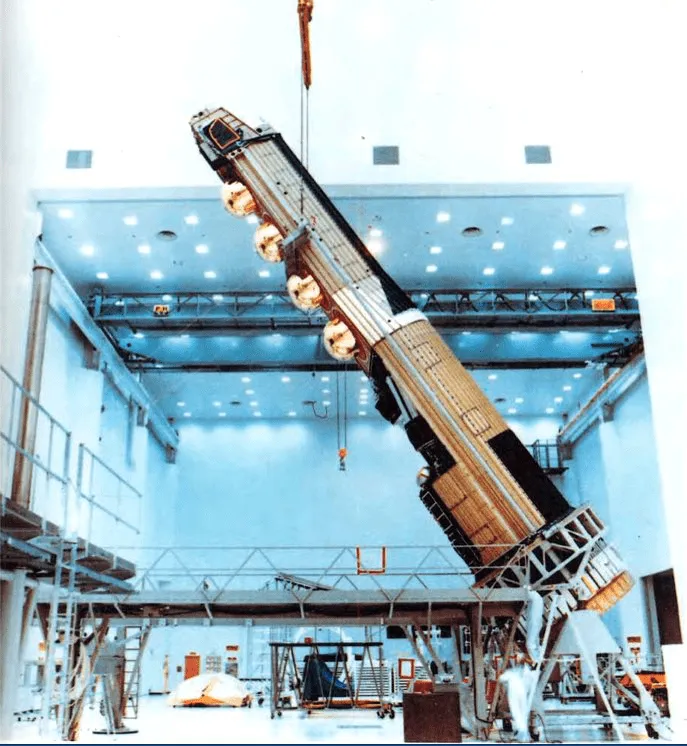
The HEXAGON KH-9
Satellites have been a part of secret spying programs since the Cold War. The HEXAGON KH-9 satellites could capture images of objects smaller than two feet across from 100 miles above the earth’s surface and jettison ‘buckets’ of exposed film, parachuting them into the atmosphere over Hawaii, where US Air Force jets snatched the buckets in mid-air. Today, satellites can orbit Earth at 7.8 km per second. The Capella-2 is the world’s highest-resolution synthetic aperture radar satellite. Reportedly, it can even see through walls.
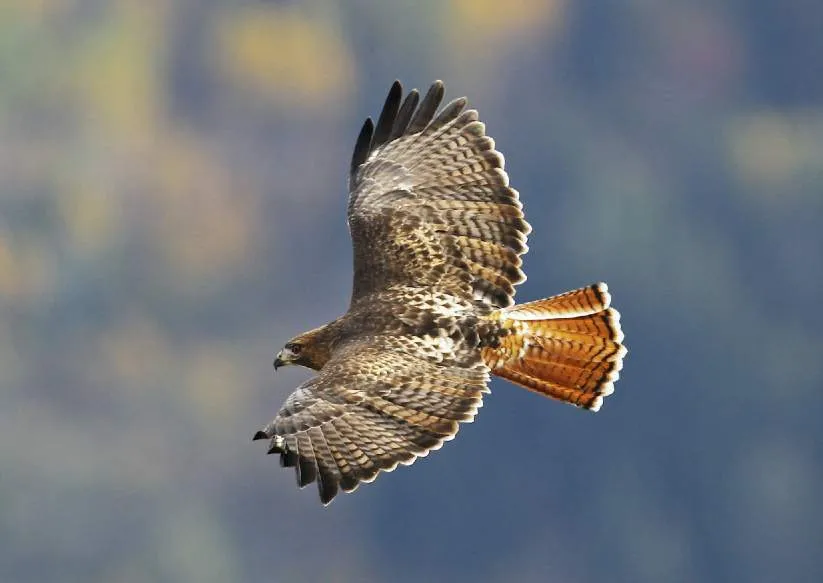
Spy Hawk, late 1960s
In addition to training spy pigeons, the CIA trained a red-tailed hawk to carry a camera around its neck. The plan was for the hawk to photograph a strategic defense system, the Soviet Flat Twin engagement radar associated with the Tallinn system. The camera could only take one photo, so the raptor needed to be trained to spot the target. Unfortunately, the red-tailed hawk is a protected species, restricting its transport. The CIA pivoted to training an unprotected crow instead but decided to ditch the project.

Project Aquiline, 1960s
The CIA turned to bird-shaped drones acting as mini spy planes. The Project Aquiline team planned to equip a fleet of 12 ‘birds’ with photographic, ELINT, and air-sampling sensors to target a missile test center and nuclear test site. Data would be beamed to a DC-6 or U-2 and work alongside manned reconnaissance in the SR-71 Blackbird. The fleet of bird-shaped drones was never completed at the mysterious Area 51 base in Nevada. It’s unclear why Aquiline was canceled. One problem may have been that the ‘birds’ were easy to shoot down if word of the program leaked out.
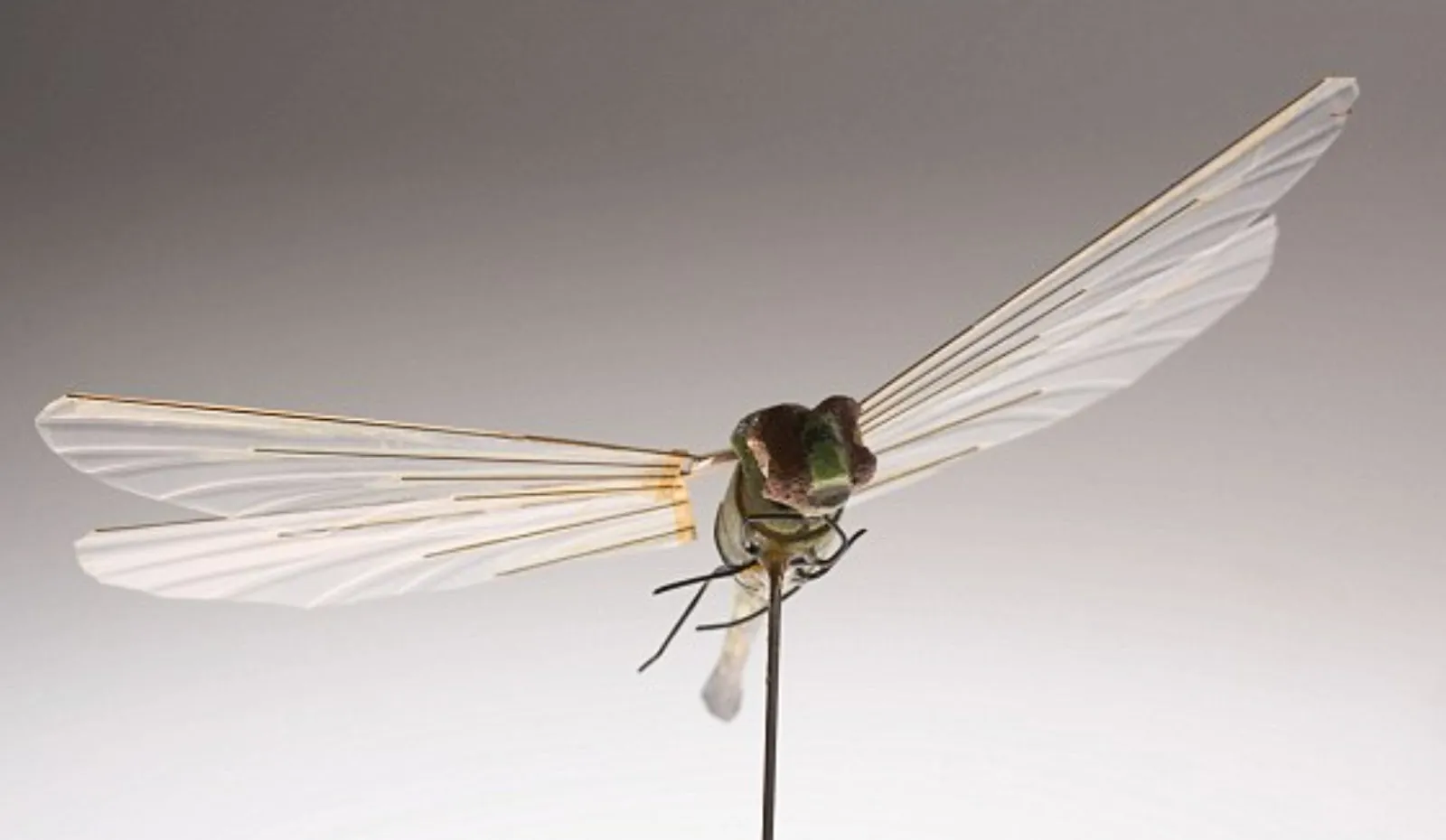
The ‘insectothopter’ drone, 1970s
The CIA tested an early drone in the ‘70s, an unmanned aerial vehicle ‘insectothopter’ dragonfly. A microphone the size of a bead hides in its head. A watchmaker helped build the device, which had a miniature fluidic oscillator for the wings and a small amount of propellant-produced gas. It also had a laser to work as the data link for the audio sensor payload. Unfortunately, the dragonfly wasn’t good in the wind (something you would have thought was pretty obvious!), so the CIA dropped the dragonfly, though its appetite to develop new robotics was undeterred.
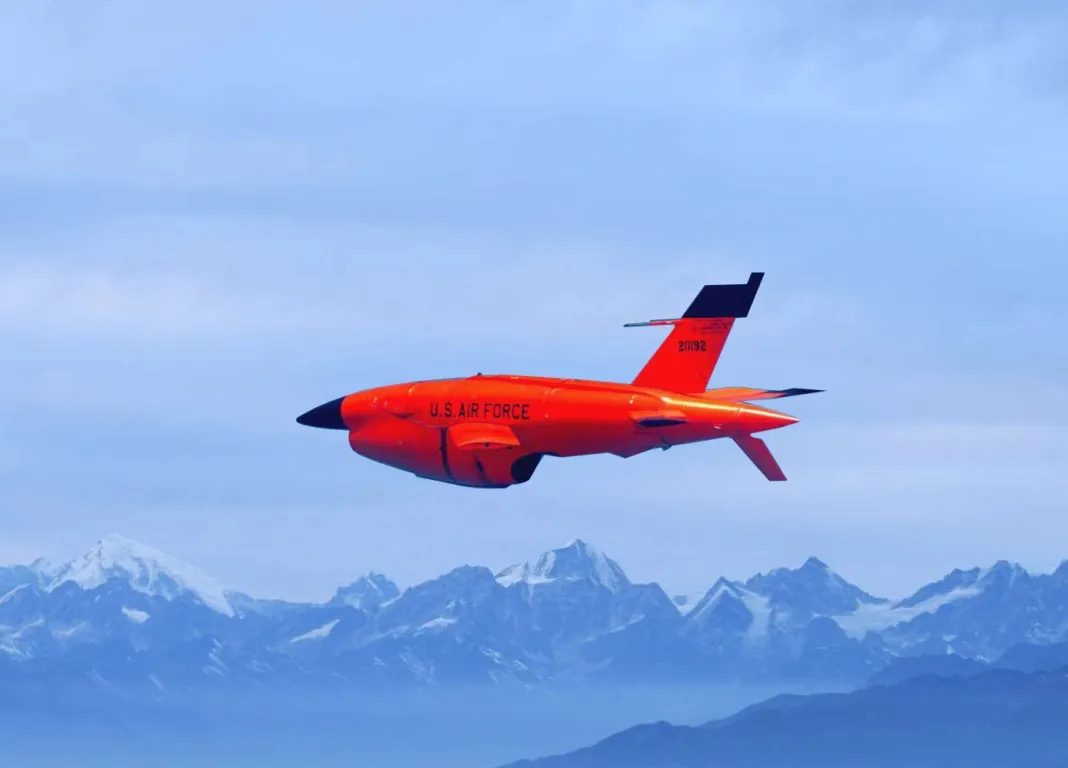
Unmanned aerial vehicles (UAVs)
Britain and the US tested their first pilotless vehicles during WWI. Britain’s Aerial Target was a small radio-controlled aircraft while the US aerial torpedo Kettering Bug first flew in October 1918. Neither were used operationally although they showed promise. By WWII the ‘Queen Bee’ was developed as the first returnable and reusable UAV. It used radio control to manually operate the rudder and elevator controls. The US deployed jet-powered drones for the first time during the Vietnam War for reconnaissance; the AQM-34 Ryan Firebee ran more than 30,000 surveillance missions carrying radar-absorbing blankets and anti-radar paint to give it stealth capabilities. It tracked Viet Cong positions and scattered propaganda leaflets behind enemy lines.
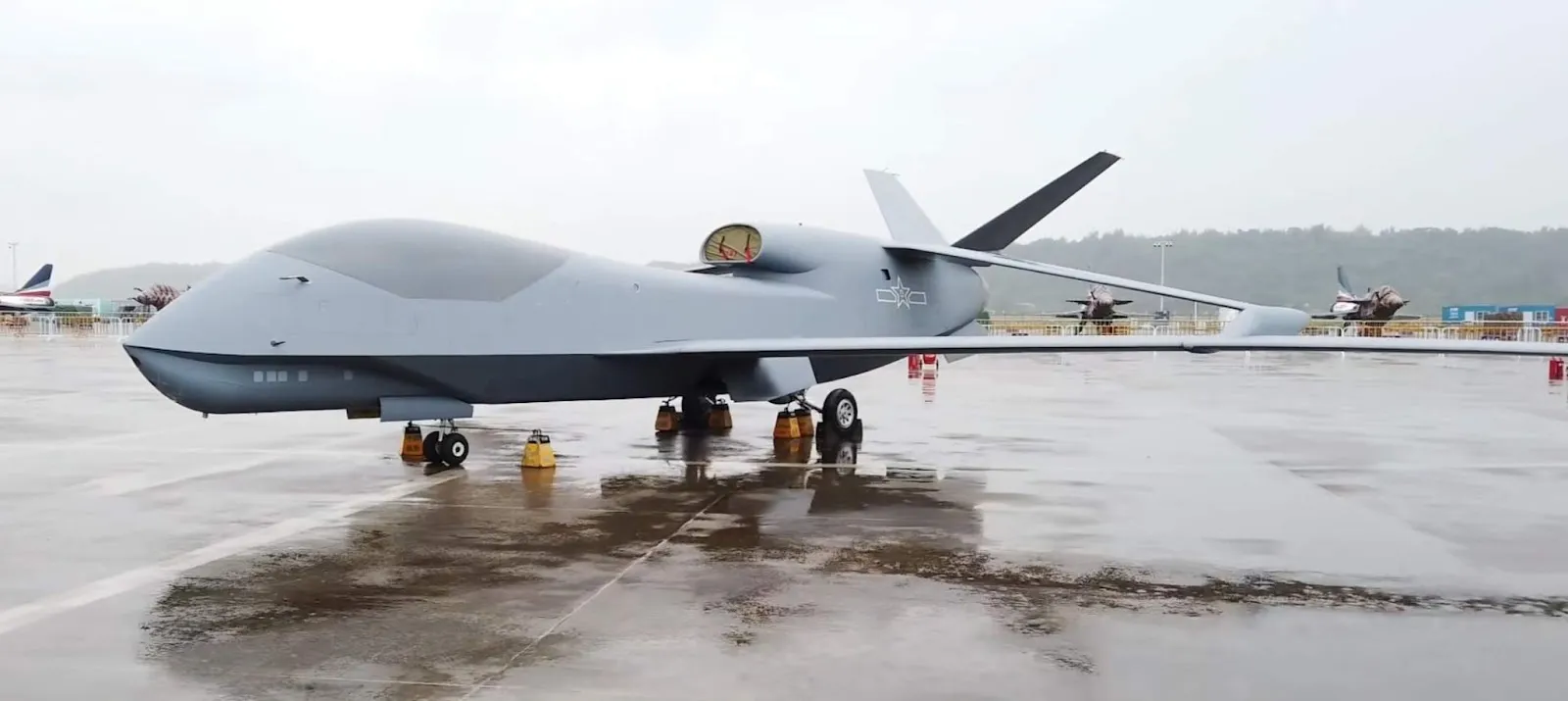
Modern surveillance drones
Today’s drones include China’s WZ-7 'Soaring Dragon' aerial reconnaissance drone, believed to also provide targeting data for anti-ship ballistic missiles and cruise missiles. Meanwhile, America’s RQ-4 ‘Global Hawk’ provides surveillance using high-resolution synthetic aperture radar and electro-optical/infrared sensors with long loiter times over target areas. It can survey as much as 40,000 square miles in one day - an area the size of South Korea.

China’s spy balloon
In a world of high-tech gadgets the Chinese spy balloon (Beijing argues it is a weather balloon) seems quite simplistic - but sometimes simple is best. Surveillance balloons are cost-effective and versatile compared to satellites. They can be deployed quickly from the ground and don’t require a launch vehicle. They can be positioned at lower altitudes compared to satellites allowing for closer, detailed observations. They are also easier to maintain - they can be retrieved, repaired, and relaunched relatively easily compared to satellites. And it is a lot easier to argue that a seemingly innocent balloon is not a clever surveillance device.
SPYSCAPE+

Join now to get True Spies episodes early and ad-free every week, plus subscriber-only Debriefs and Q&As to bring you closer to your favorite spies and stories from the show. You’ll also get our exclusive series The Razumov Files and The Great James Bond Car Robbery!


Gadgets & Gifts
Explore a world of secrets together. Navigate through interactive exhibits and missions to discover your spy roles.
Your Spy Skills
We all have valuable spy skills - your mission is to discover yours. See if you have what it takes to be a secret agent, with our authentic spy skills evaluation* developed by a former Head of Training at British Intelligence. It's FREE so share & compare with friends now!
* Find more information about the scientific methods behind the evaluation here.


Stay Connected
Follow us for the latest
TIKTOK
INSTAGRAM
X
FACEBOOK
YOUTUBE